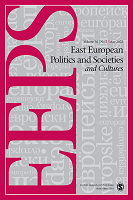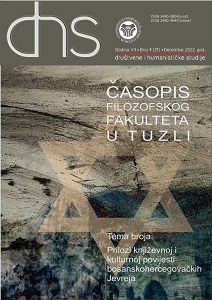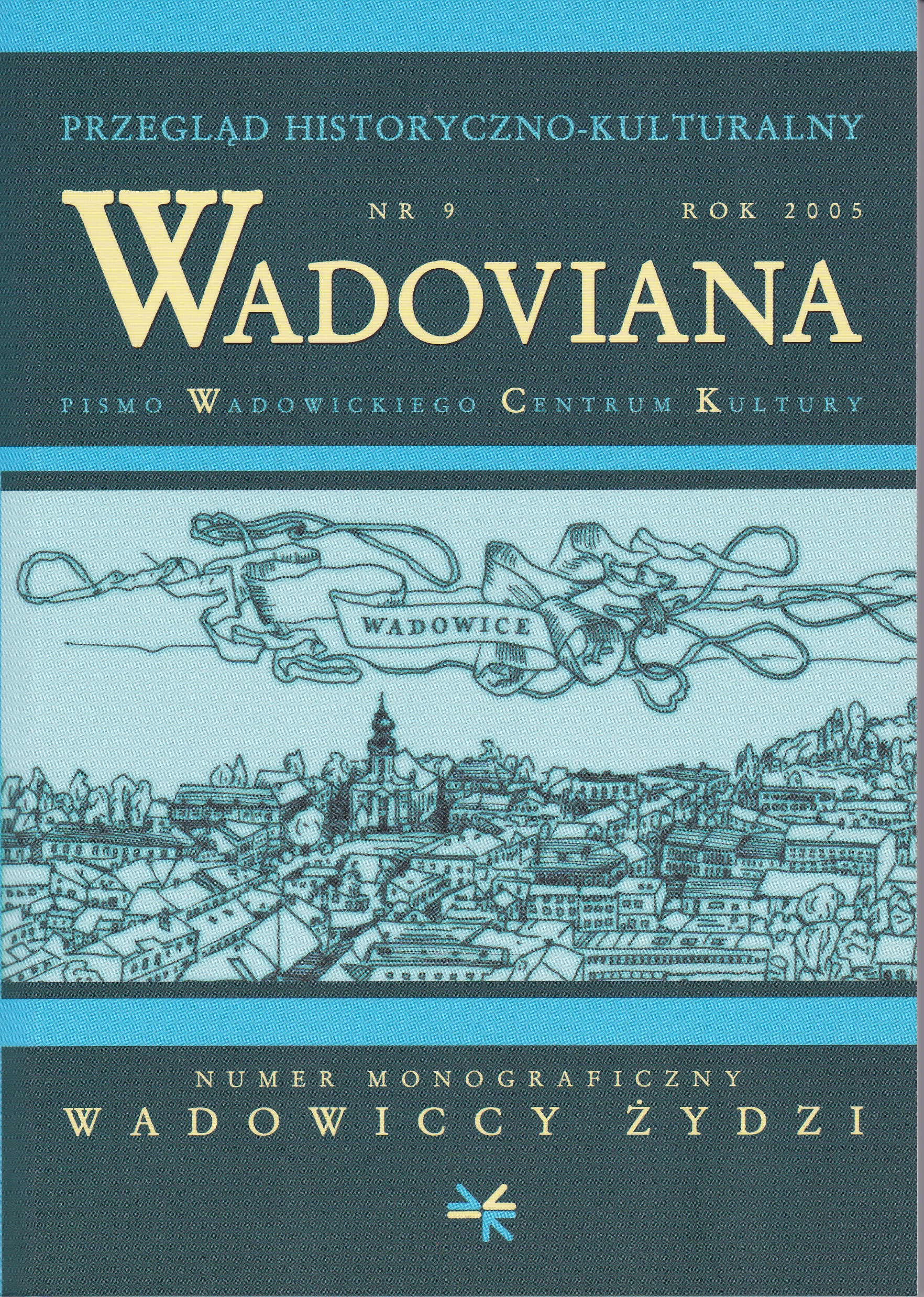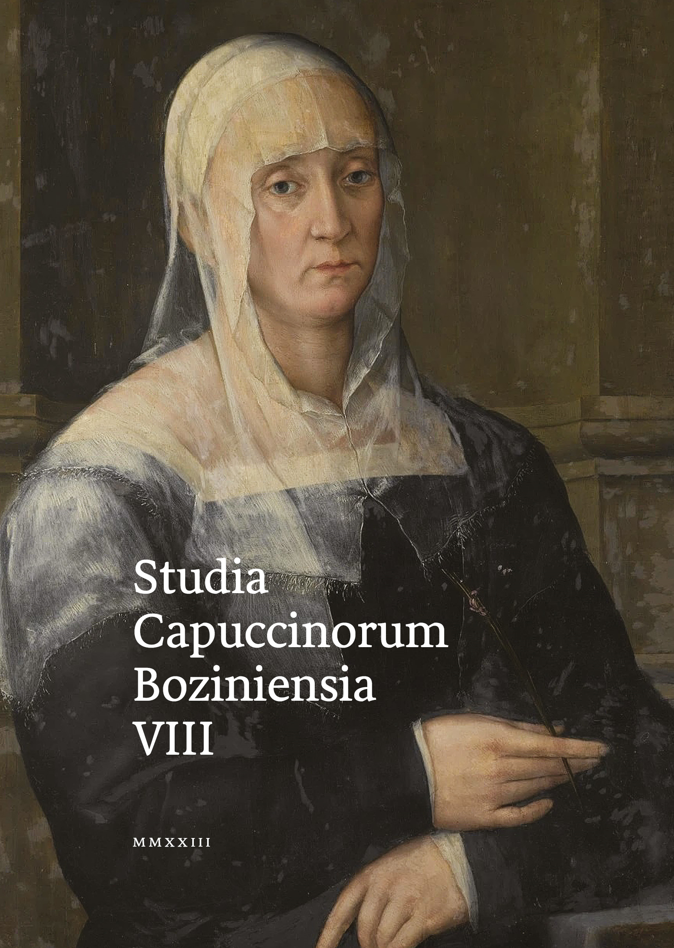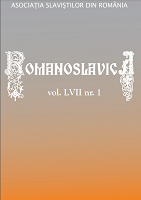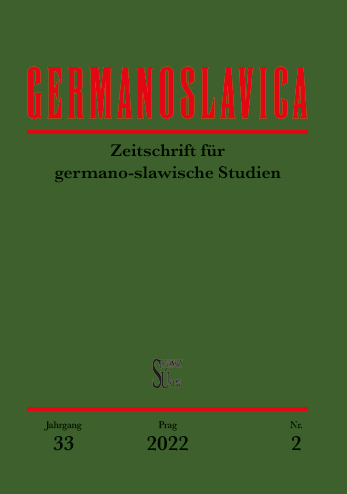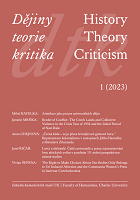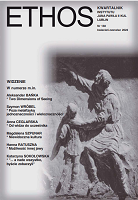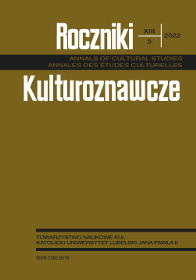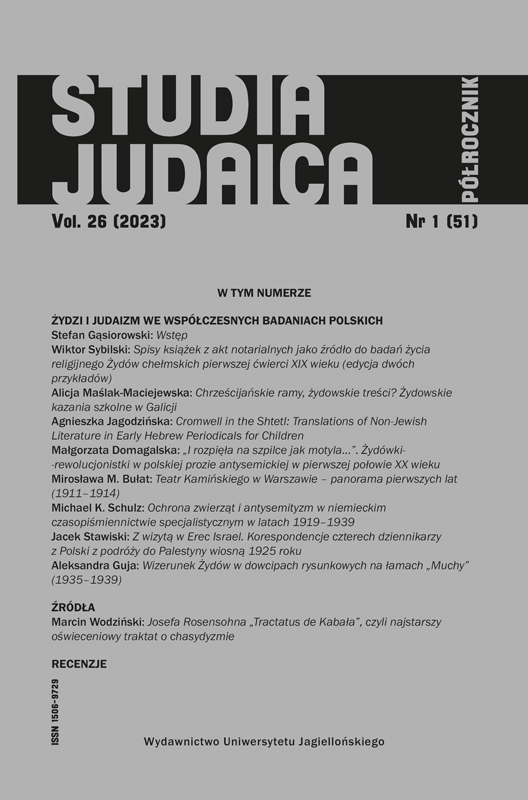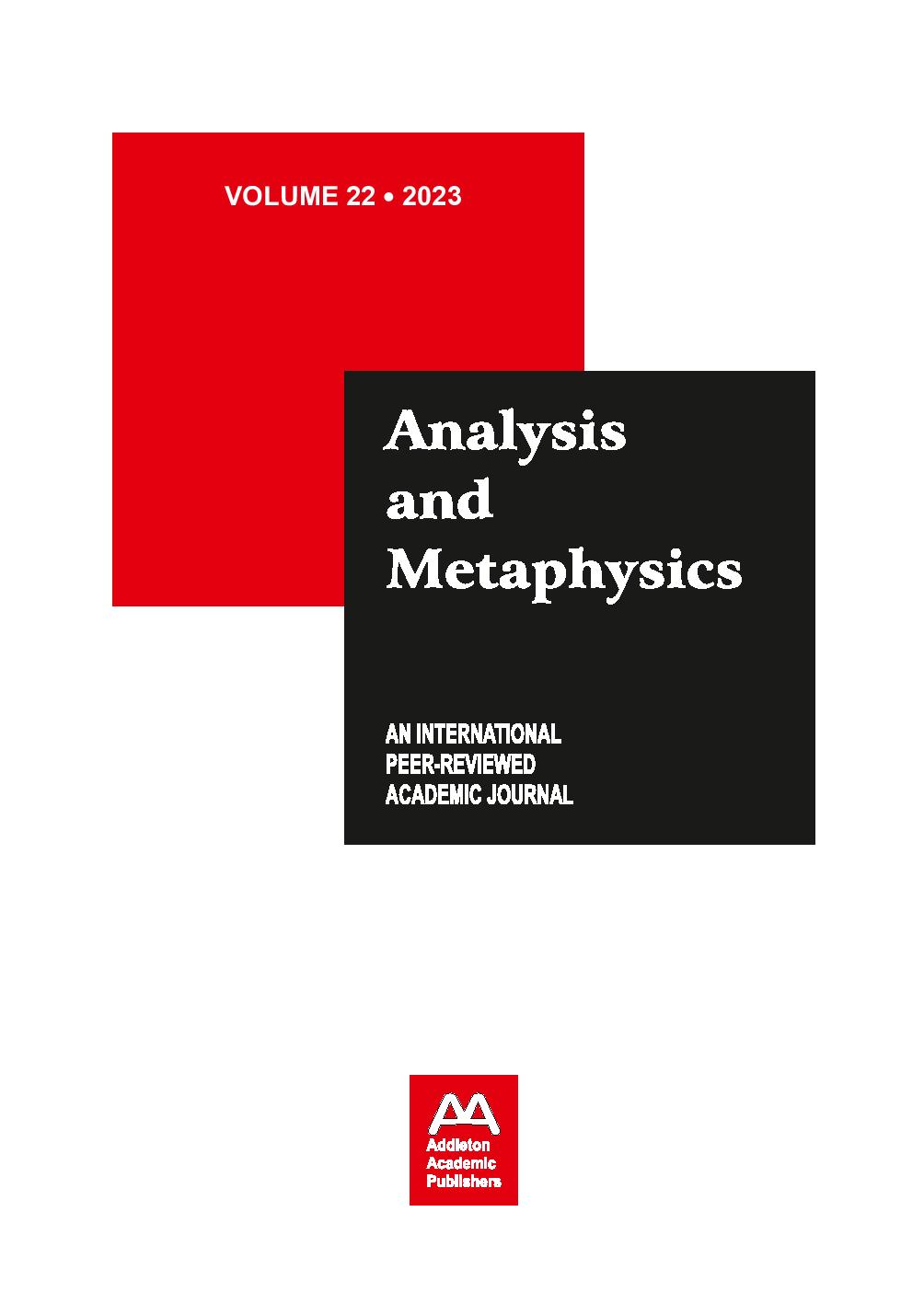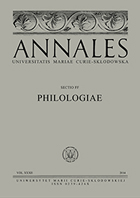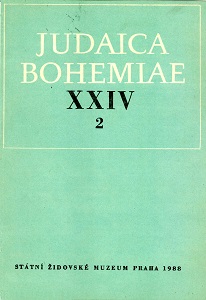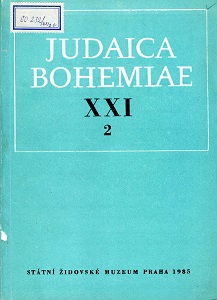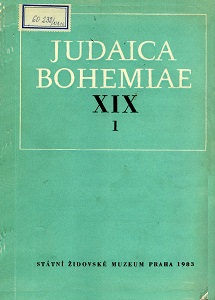Eesti territooriumile lähetatud juut. Juri Lotmani retseptsioon eesti kirjandusmaastikul
This article focuses on the reception of Juri Lotman in Estonia. Lotman, a scholar of Jewish origins who wrote – predominantly in Russian – about Russian culture, came to be recognized as one of the most prominent Estonian intellectuals. His correspondence with Estonia’s leading cultural and political figures of the 1980s and early 1990s proves that already during his lifetime he was considered an Estonian scholar, not only from a geographical but from a cultural and political point of view. In the article, this type of reception is referred to as naturalization. The first section of the article reconstructs Lotman’s relationship with the Estonian writer Jaan Kross. Although Kross did not cooperate closely with Lotman, he perceived the scholar as a significant figure in the Estonian cultural field. The second part of the article shifts the focus from the reception of Lotman during his lifetime to the ways he is portrayed in contemporary Estonian literature. Over the last 20 years, a number of works have been published that supplement the naturalization of Lotman with a mythologization of his figure, whereas some works make attempts to demythologize it. The key texts discussed in the article are Ülo Tuulik’s essay “In the Light”, P. I. Filimonov’s short story “The Simplest Sign Systems” and Jelena Skulskaja’s novel “Marble Swan”. In addition to these, the article provides several examples from contemporary Estonian poetry, memoirs and essays where the figure of Lotman appears. Different authors who portrayed Lotman have used a few constant formal features, filling them with either pathetic or openly sarcastic meanings. These features are: 1) Lotman’s Jewish ethnicity; 2) the image of the light that the scholar brings to the world; 3) special attention paid to Lotman’s attitude to Estonian culture; 4) comparisons of Lotman the scholar with a politician.
More...

